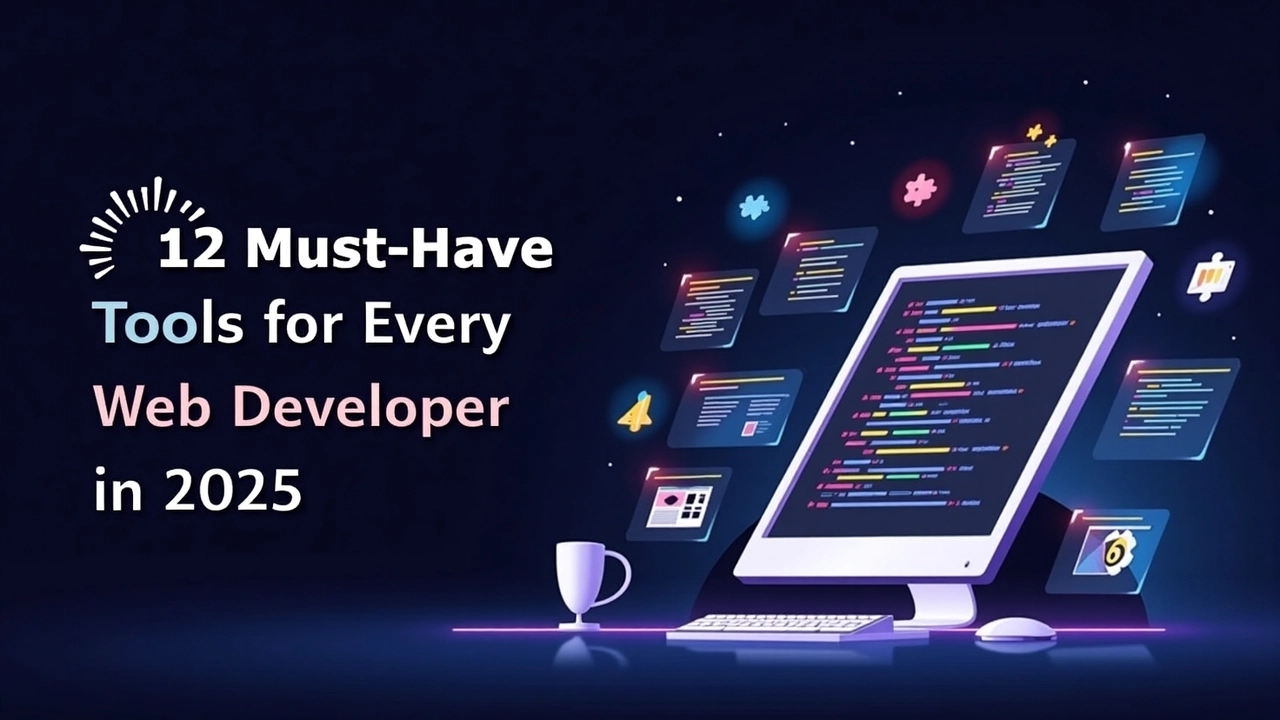The first category of tools we must look at is code editors. Visual Studio Code (VS Code) remains the gold standard. With a vast extension marketplace, IntelliSense, and Git integration, it’s the preferred editor for beginners and pros alike.
Next is version control. Git is a must, and platforms like GitHub and GitLab make collaboration and code management seamless. Learning how to use branches, pull requests, and CI/CD pipelines can make or break your workflow. Package managers like npm and Yarn simplify managing JavaScript libraries and dependencies. They’re essential for modern frontend and backend development, streamlining the process of integrating third-party tools.
Database management is another crucial aspect. PostgreSQL remains a powerful, open-source relational database, while MongoDB offers flexible, schema-less storage. For real-time apps, Firebase and Supabase provide great serverless solutions. Testing tools like Jest, Cypress, and Playwright help ensure code reliability. Test-driven development (TDD) is becoming more mainstream as developers aim for fewer bugs and smoother user experiences.

APIs are the backbone of many modern applications. Postman is still a top choice for testing and managing API endpoints, while tools like Swagger assist with API documentation and collaboration. When it comes to deployment, platforms like Vercel and Netlify offer incredible ease for frontend projects. For more complex stacks, Docker and Kubernetes are crucial for managing containers and scaling applications.
Monitoring and performance tools like Sentry, LogRocket, and New Relic allow developers to track errors and performance bottlenecks in real time. These tools help improve user satisfaction by reducing downtime and issues. Content management is vital for blogs and websites. Headless CMS platforms like Strapi and Sanity give developers the flexibility to build custom UIs while managing content easily in the backend.
Web analytics tools like Google Analytics, Plausible, and Hotjar provide insight into how users interact with websites. Understanding traffic, behavior, and conversions helps guide design and content decisions. Collaboration tools like Slack, Trello, and Notion keep teams organized. In remote-first environments, having streamlined communication and documentation is essential to staying productive.
Design tools like Figma and Adobe XD are perfect for prototyping and UI design. Developers can work closely with designers using shared design systems and live collaboration features. For web performance optimization, tools like Lighthouse and GTmetrix analyze speed, accessibility, and SEO. These tools help developers ensure their websites meet modern web standards. Security is another crucial area. Tools like OWASP ZAP and Snyk help identify vulnerabilities in your code and dependencies, which is vital as cyber threats become more sophisticated.
No-code and low-code platforms have revolutionized how websites and apps are built. Tools like Bubble, Webflow, and Adalo empower developers and non-developers alike to launch full-featured apps faster. Code formatting and linting tools like Prettier and ESLint ensure your code stays clean and consistent. These tools are particularly helpful in collaborative environments where multiple developers contribute to the same codebase. Task runners and automation tools such as Gulp and Grunt can speed up your workflow by automating repetitive tasks like minifying files, compiling Sass, or optimizing images.
Browser developer tools—built into Chrome, Firefox, and other modern browsers—remain indispensable. They allow developers to inspect elements, debug JavaScript, test responsiveness, and analyze performance metrics on the fly. Online sandbox environments like CodePen, JSFiddle, and StackBlitz are invaluable for quick experiments, prototypes, or demonstrating concepts. They’re also great for collaborative coding and code reviews.

Finally, documentation generators like JSDoc and Docusaurus make it easy to maintain clear and up-to-date developer documentation. Good documentation is a major asset in team environments and for onboarding new developers.
By incorporating these tools into your workflow, you’ll not only improve your development speed and efficiency but also build more robust, maintainable, and scalable applications. Staying current in this fast-moving field is the key to building world-class web experiences.

